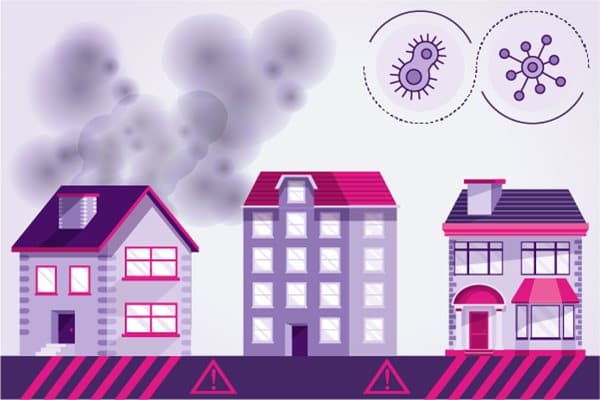Damp & Mould in Social Housing: Uncovering the Causes
Recent reports suggest that thousands of UK social housing properties have problems with damp and mould. What is causing such a high number to be affected?

Recent reports suggest that thousands of UK social housing properties have problems with damp and mould. What is causing such a high number to be affected?

Compare moving quotes in 4 simple steps